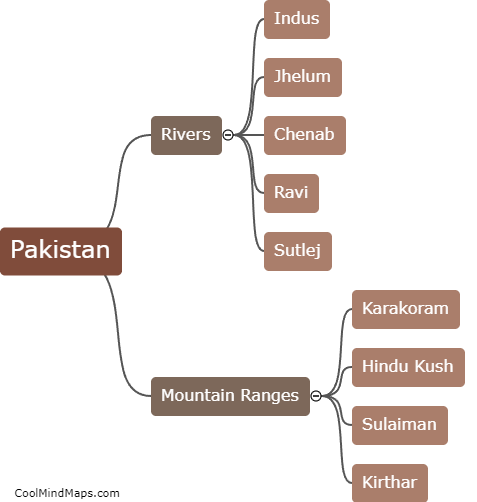How does natural topography affect the climate of Pakistan?
The natural topography of Pakistan plays a crucial role in shaping its climate. The country is characterized by a diverse terrain, ranging from the high mountains of the Hindu Kush and Karakoram ranges in the north to the vast plains and deserts in the south. This varying topography leads to significant climatic variations across different regions. The northern mountainous regions experience long and cold winters, with heavy snowfall, while the southern plains and deserts have extremely hot and dry climates. The mountains also act as barriers, influencing the precipitation patterns, wind direction, and temperature distribution across the country. Additionally, the proximity of Pakistan to the Arabian Sea affects its coastal areas, bringing in moist sea breezes that moderate the temperatures and enhance rainfall. Overall, the natural topography of Pakistan plays a crucial role in creating a diverse climate throughout the country.

This mind map was published on 16 August 2023 and has been viewed 102 times.











